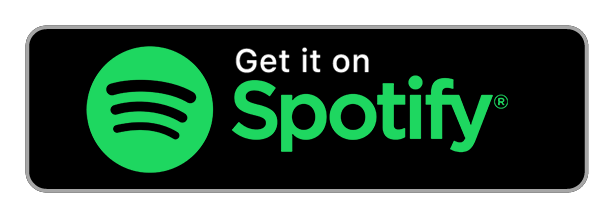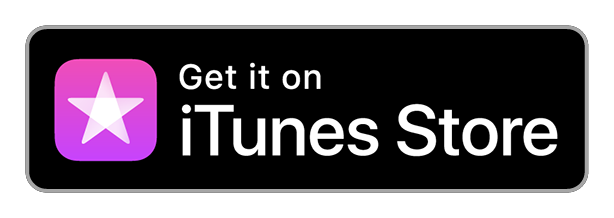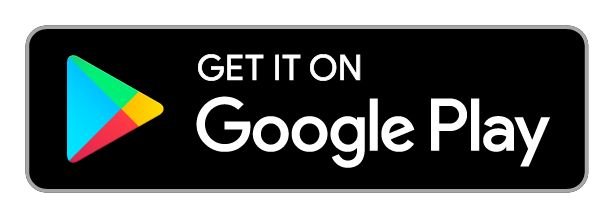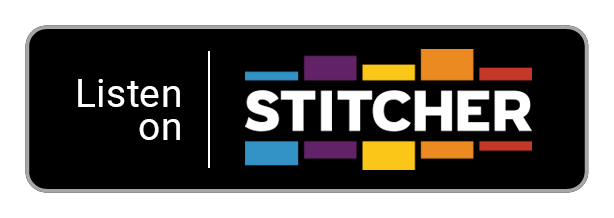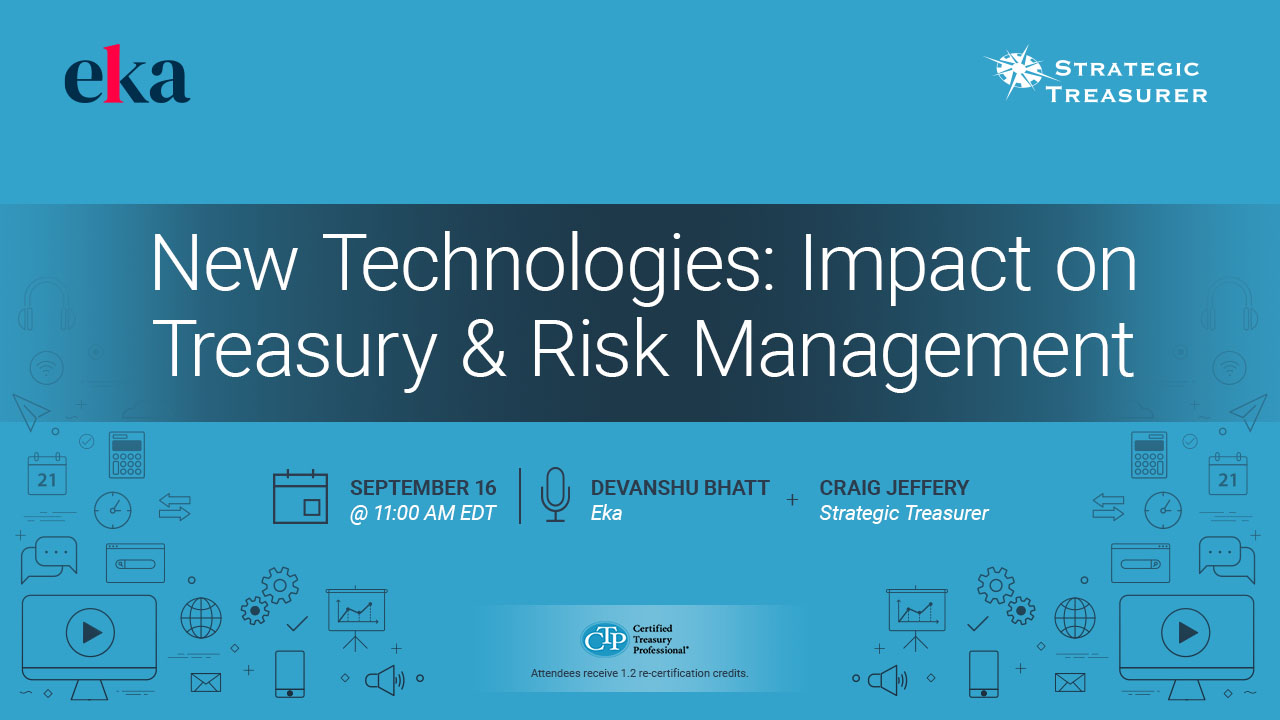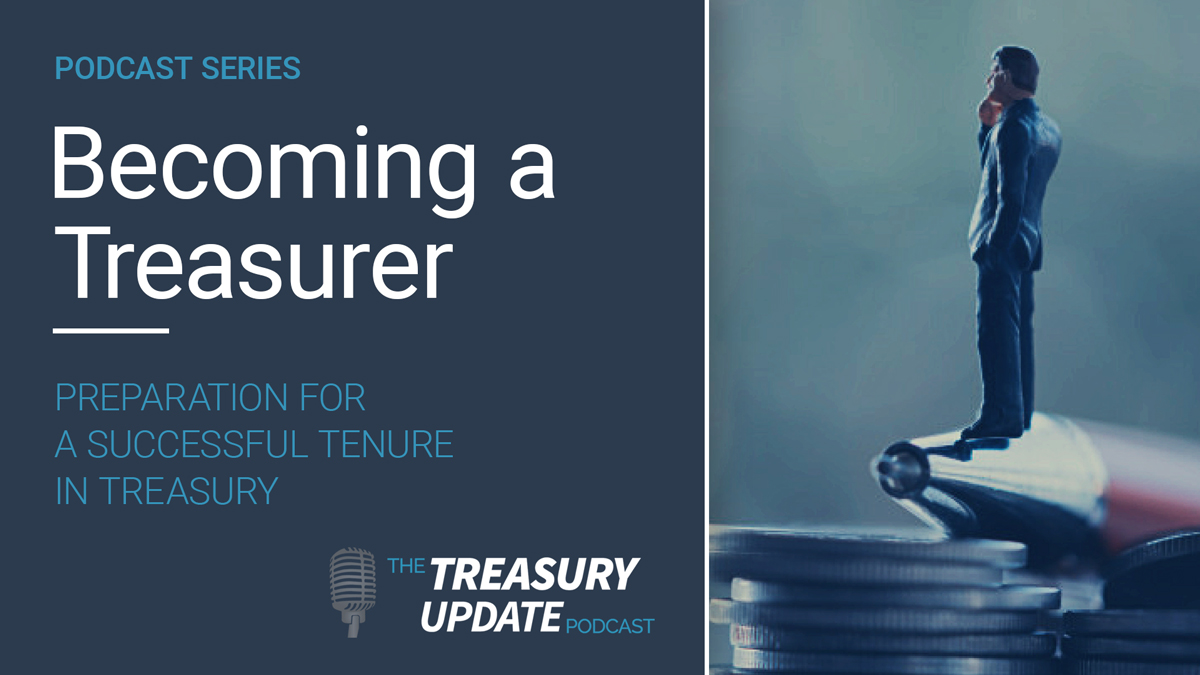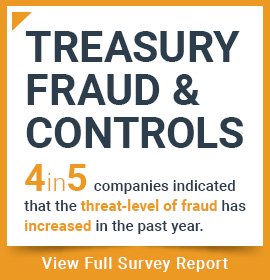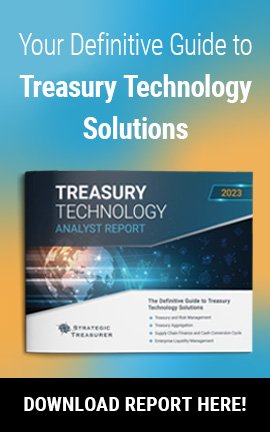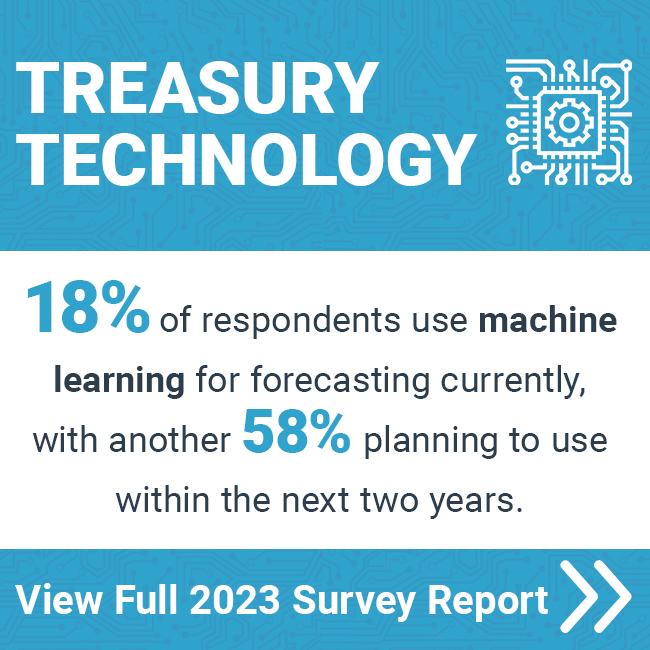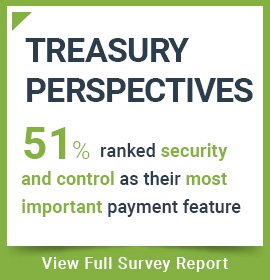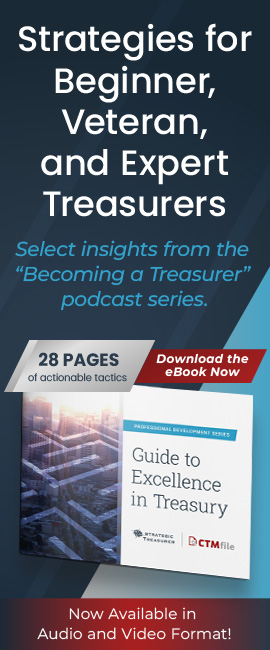
Episode 164
The Democratization of Programming: Tech Impact on Treasury & Risk
On this episode of the Treasury Update Podcast, Host Craig Jeffery joins Devanshu Bhatt, Sr. Vice President and Head of Treasury & Risk Solutions at Eka Software Solutions, to discuss how technology advances are impacting all aspects of our business lives and processes. Topics of discussion center around how low-code, no-code, app-based activities within a platform mindset are changing the technology and risk world and leading us closer to the democratization of programming. Listen to this engaging conversation to find out more.
Host:
Craig Jeffery, Strategic Treasurer
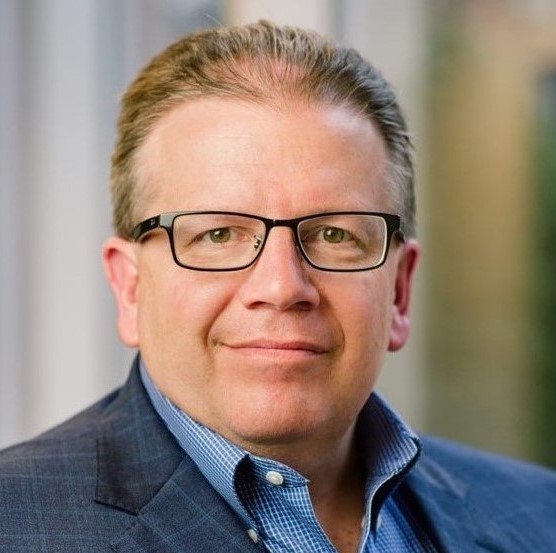

Speaker:
Devanshu Bhatt, Eka Software Solutions
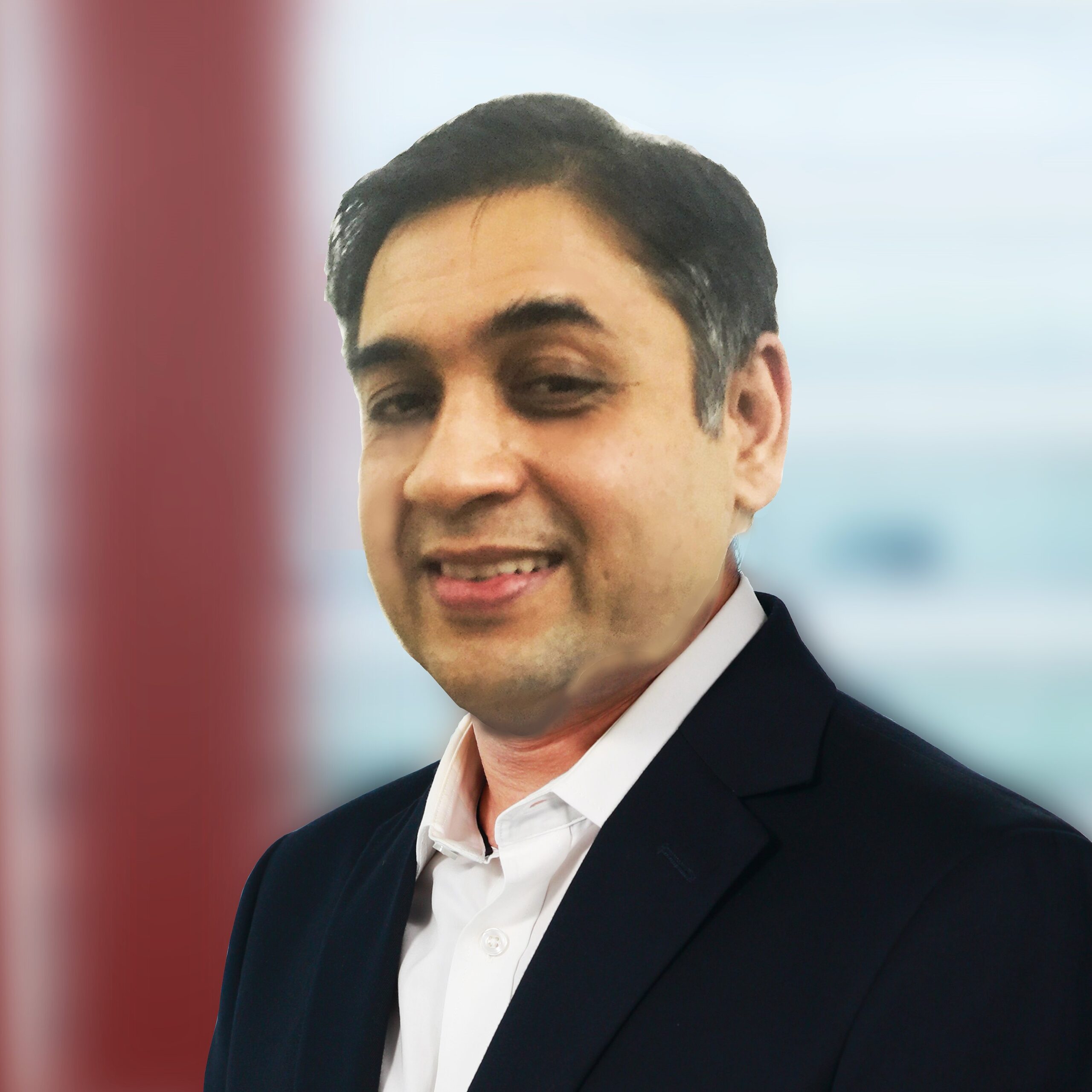
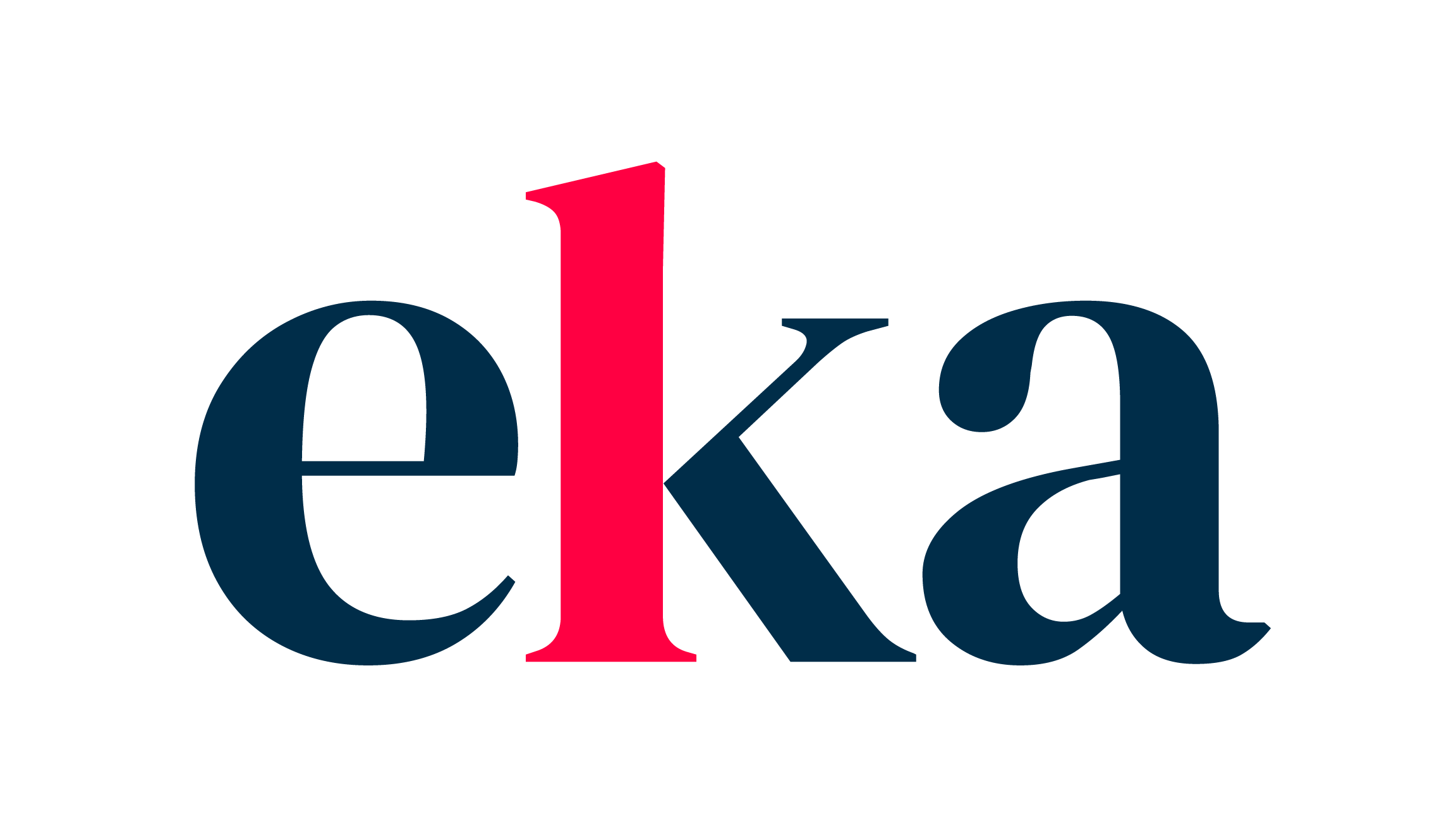
Subscribe to the Treasury Update Podcast on your favorite app!
Episode Transcription - Episode #164: the Democratization of Programming
INTRO 0:04
Welcome to The Treasury Update Podcast presented by Strategic Treasurer, your source for interesting treasury, news, analysis, and insights in your car at the gym, or wherever you decide to tune in. Join Devanshu Bhatt Senior Vice President and head of Treasury and Risk Solutions at Eka to discuss how technology advances are impacting all aspects of our business lives and processes. Topics of discussion centered around how low code no code app-based activities within a platform mindset is changing the technology and the risk world and leading us closer to the democratization of programming. Listen into this engaging conversation to find out more.
Craig Jeffery 0:45
So welcome to the podcast Devanshu.
Devanshu Bhatt 0:48
Thanks, Craig. Happy to be here.
Craig Jeffery 0:50
On this topic of the democratization of programming and the tech impact on treasury and risk I wanted to begin by asking you if you could define some of the main terms that we’ll be weaving in through the conversation if this makes programming more accessible. What are some of the main terms that we need to be thinking about and what do those mean too?
Devanshu Bhatt 1:13
So, one of the main things we should be considering is low code no code application, and the concept of app. So just to define what low code and no code app is. For a very very long-time business users and experts have been wanting to contribute directly to building software. They want to produce their own custom reports, they want to produce the dashboards. They want to set up their own workflows, and they also want to share and collaborate with their peers, their bosses, the CFO in our treasury world, and low code and no code is the answer for that. Basically, what it does is it empowers business users and IT developers to build their own software, or to customize the software which they’re using. In short, low code is a visual approach to software development, and it’s basically a great way to break the silos between business and IT.
Craig Jeffery 2:08
Great, so this this low code or no code is where the user can select things using the tools that automatically builds the code behind it, and maybe we can talk later, that’s going to put experts like you out of business. But yeah, low code and no code very, very good. Good explanation. And you mentioned app as well.
Devanshu Bhatt 2:28
Yeah, so app is a great concept, so it is basically a fully functional piece of software, which is delivered to the end user. It consists of no code, it may consist of the local program, or it may also consist of sophisticated programs, built in Java, JavaScript and all those high five languages, basically can work very efficiently on their own alone as well. They do the work they deliver the functionality, but when they’re connected together to API’s or to media platform features, they become better, and they deliver a broader, and greater capability for the end user. They offer flexibility because they’re small pieces but when combined together they offer really really in-depth functionality.
Craig Jeffery 3:17
Yeah so, this this smaller unit is a descriptor of app issue, as you said, should we be thinking about this any differently I mean we’re used to apps on our smartphones. Is this the same concept just done on a different platform or is there something else we should think about?
Devanshu Bhatt 3:35
So, it’s kind of similar concepts that we are using that is kind of similar to these apps are small functionalities and features deliver on a platform, which can be by Apple, or can be by Google in our mobile. Similarly, the apps delivered on cloud platform can be kind of correlated to the state. So, for example in our treasury space, we can have apps which can be as small as cash position apps, can be a bank reconciliation app, it can be a cashflow app. So, all of them are working very well alone, but it can be combined, and it can be delivered as a complete solution. If the customer wants, they can add as the business is going, they can keep on adding additional liquidity pooling, they can add risk management, and even funding and borrowing, as well.
Craig Jeffery 4:32
Now, the other topic when we were talking before, we did the podcast. You had mentioned platform, as another concept or platform mindset is something we need to be thinking about in this, this era.
Devanshu Bhatt 4:47
Yeah, for platform, basically provides the complete environment, to build, develop the software as well as to apply the completed product, or to deploy the system. So, it consists of a lot of common capabilities and infrastructure that can be used across various products, or offerings. It can be reused any number of times it can be extended, a number of times. So basically, it is an ecosystem of technical infrastructure and functional companies, it can consist of components like workflow automation utility, can consist of components like unifying the data sources from disparate sources. It can consist of app builders or various development tools on which you can build a software, or it can also consist of an integration hub, which actually combine various systems, or it can also have analytics and reporting. So, these are the technical components which exist along with it, there can be functional companies also this can practice. For example, PNL monitoring, for example, state to processing capability. For example, it can have inherent market data capabilities, or it can compliance capabilities. So, all of this as a form of platform on which you stitch together.
Craig Jeffery 6:04
I do have one question on the, on the app side, it’s a combination of proper programming or low code, and other types of programming like you give examples of a cash position app etc. How would you distinguish that from some of the terms that we’re used to hearing of, “here’s a module,” like if a system has multiple modules? We’re talking about platform having apps, how should we think about the difference or a distinction between an app, and a module, and you know, in the previous iteration of tech?
Devanshu Bhatt 6:37
Very good. That’s interesting. So, we need to actually look back a little bit to the older paradigm and then compare it within this paradigm with the legacy software created. So, they’re basically big monolithic software, which are very difficult to change, which are built on these modules which collectively work together and deliver a solution. So, they are compartmentalized functionality, but connected together and delivered to the user that completes that issue. At the end, it is still a monolithic piece of software, it is still very tightly coupled and tight, very difficult to change upgrade, and also difficult to maintain. Now what these are. It’s a complete end to end, small piece of functionality delivered to the user, it is discrete in nature, complete, in fact the functionality is small, implement, small use cases. And the best part is that it is very well connected either to the platform where they live in, or through API’s which actually take benefits. So, it is very easy to connect together it is very easy to just make the changes in very very small increments. And collectively, like I say, it can offer the same level of functionality. So that’s the biggest difference between modules which are monolithic in nature, generally, and legacy kind of, you know design versus apps, which are very modern design, a very discreet and self-contained, self-sufficient.
Craig Jeffery 8:10
That’s an excellent definition Devanshu, or explanation rather. I wanted to just talk a little bit about the history of business and programmers as a setup and we talked, ahead of time we had a bit of a discussion on this. And before I ask you about what the low code app and platform environments mean for speed and effectiveness, I just wanted to talk through the history of business users and programmers. It used to be that you identify business requirements, business users say here’s what we want. They would describe it as best they could. And then the developers or the programmers would disappear for six months or nine months, they would come back and said here. Here is your application or here’s your, here’s your program. According to your specifications and everything would be checked off. And then the business user would look at and say, “Yeah, this has some reference to what I said. But this is not what I wanted. It’s very, very different”. And so, you know I remember there was this transition of bringing the programmers or developers closer, so there’s a faster feedback loop and some of that seems to be this progression of this faster feedback loop. So, as we talk about low code and no code and developing apps, a more nimble faster development, what does, what does this new technology mean from a speed and effectiveness standpoint, the speed of development the effectiveness of what’s delivered.
Devanshu Bhatt 9:43
I was a developer and I used to get the business analyst who would write these specs and will never accept what I built. And then I turned out to be a business analyst, and a product manager, I would write the same specs, and then we’ll be frustrated because the developers are delivering something to say never. So, we actually have made a gradual progression, until almost four to five years back, so we brought the next two things we’ve got the business analysts, and developers together, and they worked reasonably efficiently, but not efficiently enough. Until very recently with the emergence and emergence of low code and no code platform, what we are now doing is we are empowering the business experts, the users, who are actually going to be the consumers of the software. We are empowering them to be engaged right up front, not just engaged, they can participate in building the solution themselves. So, what that does is it brings speed and accuracy you don’t need to wait nine months to actually build the software and then almost never be able to iterate. So, we are seeing that speed and accuracy is going 10x 20x more than ever before.
Craig Jeffery 10:55
An extra 20x.
Devanshu Bhatt 10:58
Exactly. What it also does is it produces not an effective solution because you are connected to the business users, they are involved right up front. So, you are going to deliver what the customer needs or what the market demands, they’re more closer and aligned. That’s the other thing. And then because you are working with the businesspeople already, so there is going to be a higher adoption. So that’s why this this low code no code paradigm is bringing their business, and the IT team together, is actually almost a huge innovation coming in our lifetime.
Craig Jeffery 11:36
Excellent. I like the 10 to 20 times faster number that’s memorable. Devanshu, could you explain about the implications of the low code, and no code environment to, let’s say the end user, but, but also to companies that are developing systems or processes, whether it’s in treasury, other areas of finance, or beyond.
Devanshu Bhatt 12:01
Yeah, so we should look at both aspects so we should look at the end users obviously they’re the primary consumers so we should look at them what this low code no code paradigm the platform offers for them, but also the vendor perspective. So, one thing is, it’s not easy to build a platform, a local platform or a platform on which you can build solutions, like in our case, we had a CTRM solution which was already working on a modern cloud platform, and we were able to latch on to that leverage and build additional features. So what we what we all needed pretty much was to bring in the expertise, who were experts in the treasury like when we build the Treasury solution, bring in expertise, ask them to stitch together the solution using our platform capability to configure the workflows, to produce the reports and dashboards, to connect to various data sources, and also to use some of the very inherent capabilities which create derivative management, derivative lifecycle management, position, mark to market, and the risk capability which came with the CPI. So that was able to tag on to that effect this management. Now what this offers to the end user, or to the enterprise is basically flexibility and scalability, how it offers flexibilities, let’s say a company is starting small, they’re a small or medium enterprise, and they’re just interested in the cash … So, they can just take a cash position app, as their business grows, they can extend it to liquidity planning as well. And as their business grow, they can even extend to foreign exchange risk management. It is not just that, what it also offers is to cross the boundaries of a particular domain, so they can start with a treasury solution. And as they need, they can go into the CTRM space, get the trading and risk management solution as well. Or they can cross further and get the sourcing solution. So, that’s a great flexibility and scalability.
Craig Jeffery 14:09
This question covers some of the same ground, with what you just explained, maybe from a slightly different perspective, I wanted to talk less from the technical side, and maybe even more from the business side about how the technology changes or impacts the different activities. Activities of development, upgrades etc. And you had mentioned the some of the legacy you know as we go back to one tier, two tier, end-tier technology sets, there was a there was an inherent linear process that took a long time. Maybe you could explain how that’s changed and how we could think about that.
Devanshu Bhatt 14:49
Early on we had two-tier application, then we moved, and we had three-tier application, and then we moved further and we started adding micro services. Micro services, incidentally, or a small piece of software, which are composed of independent services, and they can communicate very effectively with each other. So, it’s almost like my solution is not built up big pieces but micro pieces or micro services, what it allows is, it allows us to only change the place where it is most needed. It’s almost like that analog we can be we don’t want to boil the ocean. If we can do with just boiling a cup of water. So, just correct, or focus on something which is very small, which is very contained, so that the impact is not huge, so that it doesn’t allow, doesn’t require very, very costly upgrades, to an extent that these upgrades, and these releases, customers were actually scared of that. They will really not even go for upgrade, they will be still find working in like biggest to the old days to two years old version. And instead of really doing the upgrade, they would rather actually buy a new software. So, what it does is, again, flatter the whole environment, there’ll be more and more software in the technical ecosystem, and very, very difficult to make versus now come to the new paradigm, we’re working off of microservices we’re working off of app. And we can actually just fix what is broken and contained the work on other aspects.
Craig Jeffery 16:27
Yeah, I like that example of the boil the ocean versus boiling a cup of water when we were talking earlier there was a discussion about, you know if you have wiring electricity coming into your home, or plumbing if, you know, the water lines coming into your house, rewiring your house or repairing your house is a massive task, versus if things are module, it’s like, I can change a light bulb. I can change a faucet, just the scale, and effort is very much diminished and that’s part of the, the smaller slice or microservices that you’re talking about. That seems to that seems to make more sense on the business side of my head.
Devanshu Bhatt 17:05
For these software companies and vendors, they are incrementally they’re building a lot of new features, but the business users are not benefiting from because it is very costly to upgrade, and to adopt those features. So, they’ve pretty much use the same five year old features that they use the five year old system, and even if the newest system is there, they’re not …. So that’s the biggest thing that’s the biggest hurdle with these monolithic systems, whereas these new modern system based on Cloud Platform, they offer, not just rich functionality, but offers not agility ability to quickly deploy in small pieces so that customers and users can quickly adopt and use benefits.
Craig Jeffery 17:52
This last main section that I wanted to ask you about is, I was originally going to say, how do apps allow for faster development than the traditional activity and you’ve covered quite a bit of that. But I guess maybe the way I would rephrase what I want to ask you is how does, how does a new maybe how does a platform, plus apps allow for faster development or more extensible development in other areas? I know things like robotic process automation, AI, and machine learning, etc. There’s a range of other tech that that can become enabled there I just wanted to see if he could just address that question?
Devanshu Bhatt 18:33
The platform is a most in incorrectly used term these days. Everybody says that they are a platform company. Now, what underlies a platform is a full mindset. It is probably more important than building a platform or a solution on it, then to actually change the whole mindset of the organization. It is basically a shift, which is shift from thinking about feature, and about building something on your own to thinking about capability, and to think about extending something that already exists, or which is pretty big, is about creating an ecosystem of technology and business capability. It is about involving the user and the end users and the business partners, while you are doing that. The reason why this platform and the apps which are actually living on those platforms which are five sides functionality delivered on that platform, why it is more efficient and why it is more faster is because you are actually not just building it all your own all your, on your own, you’re not building yourself, you are actually ready to use something which is already built and greatest benefit comes from repeated use and extensibility of the components which are already there. So that is the biggest driver of why it is a lot faster and a lot easier to extend.
Craig Jeffery 19:57
You mentioned the ecosystem that I assume is an ecosystem of apps. And it seems like there’s obviously the apps that are built and you, the internal apps that are part of this, this platform or ecosystem. And that’s really a key part of the mindset and you’re at least alluding to third party, whether it’s apps or services and part of your discussion is. Is that Is that right or is there additional things we should be thinking about.
Devanshu Bhatt 20:28
Yeah, you are right. So, we should be ready to connect to any third party system or third party capability which exists, so that we can go faster to the market. So, the time to market is actually minimized, we should not think about delivering everything from scratch. So that’s the key part and the underlying part is, we will whenever we are building it ourselves, it will not be used once we build it so that it can be used again and again. And it can be extended more, as and when it’s required. So, it’s a ecosystem of our own capability, but also ecosystem of related capability which exists in other platform, and other systems.
Craig Jeffery 21:10
As like the old ecological triangle that circles around or cycles around from reduce, reuse, recycle, it’s just being efficient from this ecosystem standpoint. Very good.
Devanshu Bhatt 21:25
The platform can have inherent capabilities like AI capability can be built on the platform. And then depending on the use case which we have, we can tag on to that capability and tag on to add processing power of the platform, our ability to quickly create the learning data, which is required to make any of the AI models efficient, we can store all the results, videos all the results, which are sitting on the platform and we can just tweak it and modify it depending on the use case. For example, if we want to build a capability in cash forecasting, we can use our AI capabilities on the platform, and create a more intelligent dashboard. Similarly, if you want to extend it to anomaly detection in payment hub, we can again, they use the same infrastructure and same capabilities to build a payment anomaly detection system or a fancy anomaly system. So, all of those use cases can be very quickly put together in a very sophisticated technology which is, which is AI and machine.
Craig Jeffery 22:30
So shall we think of a platform in another way as well as the way you described it as it’s made up of all the data, these apps, and these extensible connectors or tools like AI and machine learning that can all interoperate and use each other’s. Is that a way to think about a platform, conceptually too?
Devanshu Bhatt 22:51
Exactly, you described it well. It consists of the data. It consists of the workflow, which is around the data, it consists of the components of building blocks like AI components, which is part of the platform, which consists of. It consists of business intelligence or analytics capability so that we can represent the results very effectively. It also consists of some of the core features like security and compliance, single sign-on. All of these are like kind of the platform components which are, which can be leveraged to build the solution.
Craig Jeffery 23:26
This has been most helpful from talking about low code and apps, platforms, the ecosystem has we drawn to a close, I wanted to give you an opportunity to share any, any final thoughts as we’ve, as we’ve covered these topics. Anything to leave us with?
Devanshu Bhatt 23:43
Yeah, tonight, the topic is democratization of programming so I would like to comment on that so what has happened in that first five years, GFC national interest, and growth is that found a solution, low code and no code has become more popular than ever before. There are almost hundreds of local providers and platform which are enabling faster and easier way to develop software. Basically, what it has done, is it has done is it has democratized the programming world, created two kinds of programs and like you alluded to, that it can actually be seen as a professional programmer, because there is a big emergence of what the what is called is citizen developers. Citizen developers are basically the business experts who are now also developing software. However, the important point to notice, because we are talking about platform, these professionals were technical people, they can focus more on building the infrastructure and leave, building the solution or the functional development to so called citizen developers. So, I think that is a very very big shift which has happened. What it has done is it has removed on the barrier of coding. Coding is no more accomplished than you can have ordinary developers, a citizen developer, who can, were more closer to the business. They can then sell, build, build the software that says you will see this happening, and this is going to impact the FinTech space also. Already we are seeing that, based on several surveys, almost 50 to 60 people are actually wanting a very fast paced accelerated digital transformation to meet these changes. And vendors like ourselves will play a big role in driving those changes compared to the legacy. The legacy if they’re very monolithic they’re very difficult to change. Whereas what this democratization has done is to vendors like us, we can very easily adapt to that. And we can build solutions, very fast, and we have proven that.
Craig Jeffery 25:49
Devanshu, thank you so much, and I’m going to use that phrase “citizen developers” in conversations over the next weeks and months. Thanks so much for your time and insights on today’s edition of the Treasury update podcast.
OUTRO 26:07
You’ve reached the end of another episode of The Treasury Update podcast. Be sure to follow Strategic Treasurer on LinkedIn, just search for Strategic Treasurer. This podcast is provided for informational purposes only, and statements made by Strategic Treasurer LLC on this podcast, are not intended as legal, business, consulting, or tax advice. For more information, visit and bookmark strategictreasurer.com.
Related Resources
This session will explore the tech shift and how risk/treasury professionals can leverage the new tools and technology. Attendees will better understand how app-based solutions and micro-services change the implementation and risk paradigms confronting organizations. Learning what the opportunities are and how to better mitigate technology risks are additional outcomes of this dialog-oriented session.

